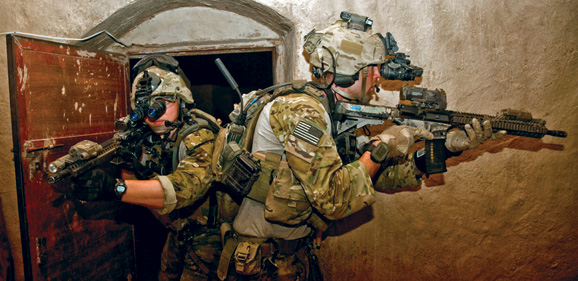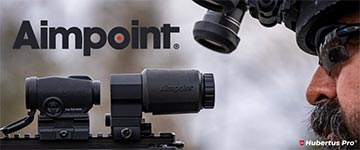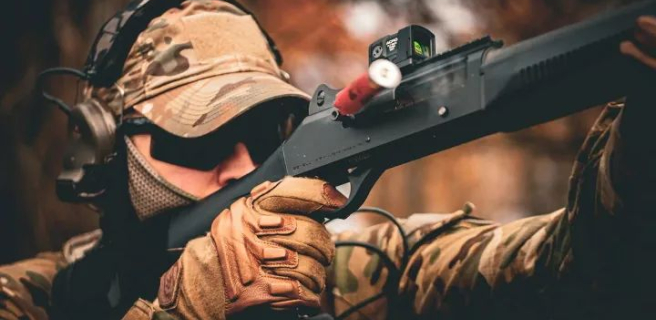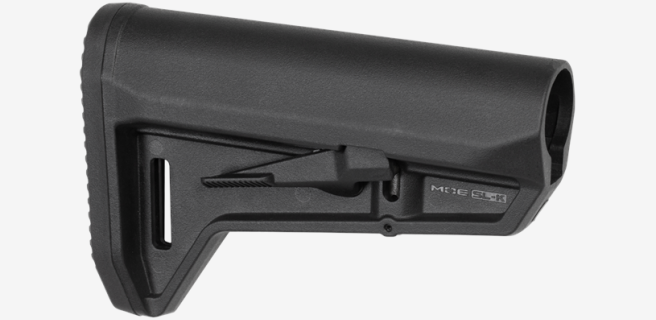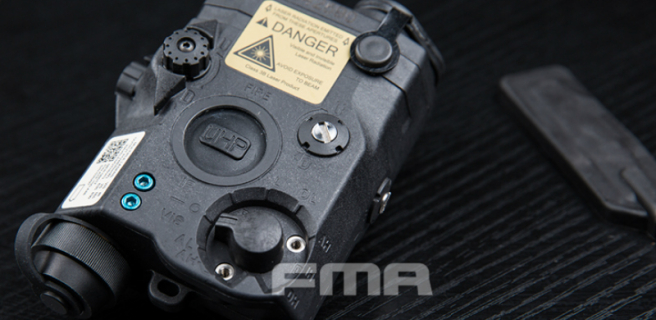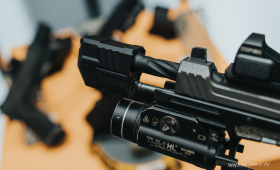In computer games, the elimination of villains (vampires, zombies or terrorists) jumping out of from behind walls and shelves is the norm and a source of fun, but for the United States special forces, hidden rooms and dark recesses hiding the enemy are not entertainment. In the world of special forces, where the mission's goal is to capture bad guys or take over documents and weapons, there is not much time to knock on the walls to find a hidden storage rooms.

That is why the US Special Forces Command (USSOCOM) has started a research project which goal is to develop a light hand-held device that can detect hidden chambers and rooms of medium size (168 square feet) and at a distance of about 6.5 feet.
According to USSOCOM concept, the sensor should be able to penetrate to a depth of 2 feet and have sufficient battery power to operate for 40 to 50 minutes. The device must detect hidden places, but there is no requirement for it to scan and recognize the interior of the room.
Sensors detecting the presence of people, such as infrared, acoustic or radar, already exist or are being developed. However, according to USSOCOM, the current devices are too large and too complex.
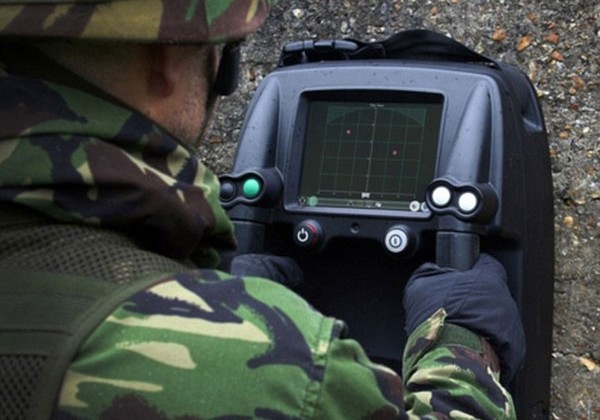
The development of such a handy device is a real technical challenge. USSOCOM indicates that the sensor must be able to distinguish between normal hollow spaces in the wall, such as a gap in the structure, from hidden rooms or compartments. It must also be able to function with various building materials, including brick, cinder block, concrete, wood and metal sheets.
USSOCOM suggests that the latest technologies, such as modern radio frequency transceivers, advanced computer vision algorithms and modern computer processors can help find a solution. The research proposal includes links to a Wikipedia entry about ground penetrating radar and a Florida company called Ground Hound Detection Services that detects the presence of underground media prior to conducting construction in the area.
Sources: special-ops.org, armytimes.com, soldiermod.com,slashgear.com

